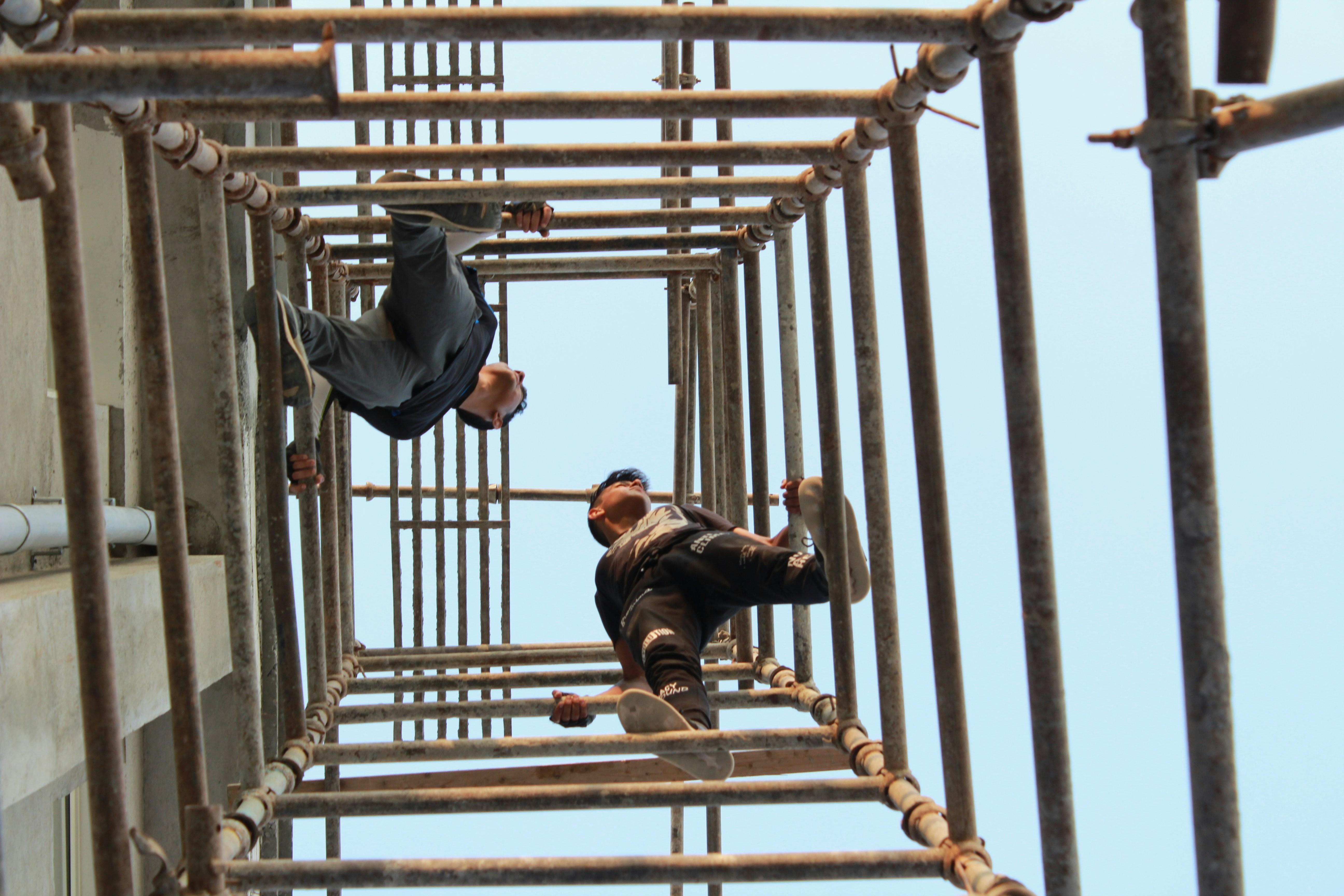In an era dominated by digital wizardry, “Mad Max: Fury Road” stands as a triumphant testament to the enduring power of practical effects. This modern cinematic marvel, directed by George Miller, defies the conventions of CGI-heavy blockbusters, immersing audiences in a visceral landscape where tangible artistry reigns supreme. By harnessing the raw, unfiltered energy of real stunts and meticulously crafted set pieces, “Fury Road” not only revitalizes the action genre but also underscores the irreplaceable authenticity that practical effects bring to the screen. This article delves into the intricate choreography and ingenious techniques that breathe life into Miller’s dystopian vision, offering a compelling analysis of how these tangible elements create a breathtaking and immersive experience that resonates with viewers worldwide.
Crafting Realism: The Artistry Behind Mad Maxs Explosive Stunts
The heart-pounding action sequences in Mad Max: Fury Road owe their visceral impact to the meticulous craftsmanship of practical effects. George Miller, the visionary director, opted for a tangible approach to amplify authenticity. This decision resulted in a symphony of meticulously choreographed stunts that resonate with raw energy and danger. The film’s crew pushed the boundaries of traditional stunt work, embracing an almost forgotten art in an era dominated by CGI.
Key elements of this craftsmanship include:
- Real Vehicles: Over 150 custom-built cars and motorcycles were created, each a character in its own right, enhancing the film’s gritty realism.
- Practical Explosions: The explosive scenes were captured live, using pyrotechnics to deliver an authentic sense of chaos and destruction.
- Stunt Precision: Highly trained stunt performers executed dangerous maneuvers, from high-speed chases to jaw-dropping leaps, with unparalleled precision.
By prioritizing practical effects, the film not only paid homage to the original series but also set a new benchmark for action cinema, proving that tangible artistry can still captivate audiences worldwide.
Mechanical Mastery: How Practical Vehicles Drive the Narrative
The visceral impact of Mad Max: Fury Road owes much to its commitment to using practical effects, particularly in its depiction of vehicles. These metal behemoths are not just transportation; they are characters in their own right, driving the narrative forward with every rev of their engines. By utilizing real vehicles and stunts, the film creates an immersive experience that CGI often struggles to replicate. This authenticity enhances the stakes, as viewers are acutely aware of the tangible danger and the physicality of each chase and crash.
Several elements contribute to this mechanical mastery:
- Realism: The use of actual vehicles makes each scene more believable, grounding the fantastical world of the wasteland in a gritty reality.
- Design: Each vehicle is meticulously crafted to reflect the personality and survival instincts of its driver, becoming an extension of the characters themselves.
- Stunts: The choreography of practical stunts allows for dynamic and unpredictable action sequences that keep the audience on the edge of their seats.
By embedding these elements into the narrative, Fury Road transforms its vehicles into vital storytelling tools, demonstrating the unparalleled power of practical effects in cinema.

Pyrotechnics and Precision: The Science of On-Set Firepower
In the chaotic world of “Mad Max: Fury Road,” the visceral thrill of explosions and gunfire is not just a visual spectacle but a testament to the meticulous science behind practical effects. The film’s creators employed pyrotechnics with an astonishing level of precision, ensuring every blast was not only safe but also seamlessly integrated into the narrative. This required a deep understanding of both chemistry and physics, allowing the team to choreograph sequences where firepower becomes an extension of the story rather than a mere backdrop.
- Realism Over CGI: The decision to use practical effects over computer-generated imagery added a tangible weight to each explosion, enhancing audience immersion.
- Controlled Chaos: Pyrotechnic experts meticulously calculated the trajectory and impact of each effect, balancing the unpredictability of fire with the need for safety and storytelling.
- Collaborative Precision: Coordination between stunt teams, directors, and effects specialists ensured that each fiery moment was executed with military precision.
This commitment to authenticity in firepower not only grounded the film in a gritty realism but also highlighted the artistry involved in crafting such dynamic and dangerous scenes. It’s a perfect example of how science and creativity can collide to produce cinematic magic.

Lessons from Fury Road: Embracing Practical Effects in Modern Filmmaking
In an era dominated by CGI, Mad Max: Fury Road stands as a testament to the power of practical effects, offering filmmakers a compelling case for their enduring relevance. Director George Miller’s commitment to real-world stunts and tangible visuals not only created a visceral viewing experience but also highlighted the benefits of authenticity in storytelling. By utilizing real vehicles, meticulously choreographed chase sequences, and explosive pyrotechnics, the film captures a raw intensity that resonates deeply with audiences.
Key lessons for filmmakers:
- Enhanced Realism: Practical effects create a tactile sense of reality, drawing viewers into the narrative with greater immersion.
- Actor Engagement: Working within real environments allows actors to interact more naturally, enhancing performance authenticity.
- Timeless Appeal: Practical effects age more gracefully than CGI, often maintaining their impact across generations.
By embracing these techniques, modern filmmakers can craft visually stunning worlds that stand the test of time.

